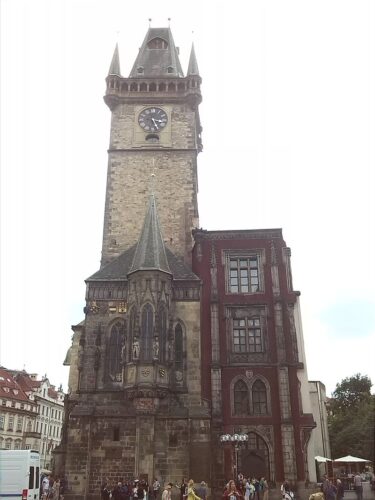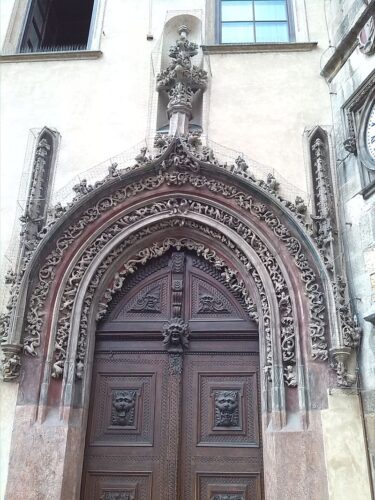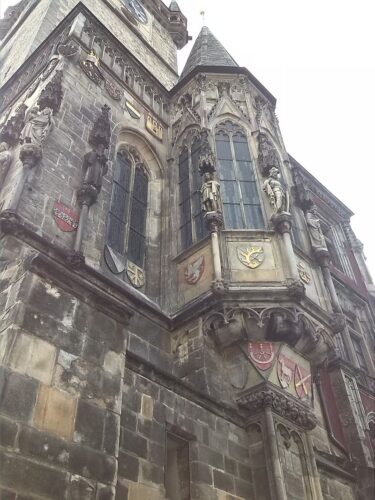Adolescence
King Vladislaus I’s son Ottokar I managed to take advantage of the volatile situation within the Empire and have himself declared a hereditary King in 1212 after a decree known as the Golden Bull of Sicily issued by the Holy Roman Emperor, Frederick II. The decree recognized Ottokar and his heirs as Kings of Bohemia who were no longer exposed to the whims of the Emperor and were only required to attend Imperial Diets close to the Bohemian borders. Although typically still a subject of the Holy Roman Empire, the Bohemian King took on a leading role as a prominent electoral prince of the empire.
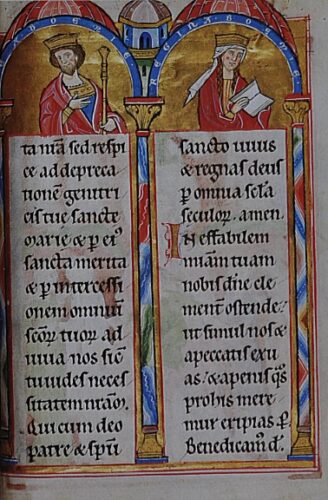
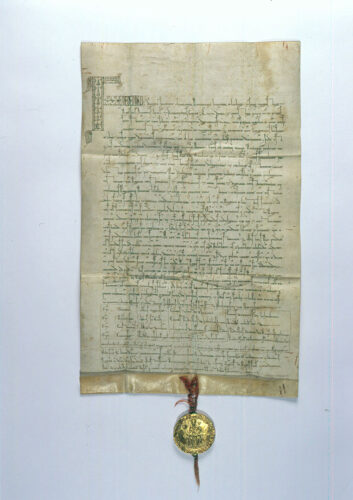
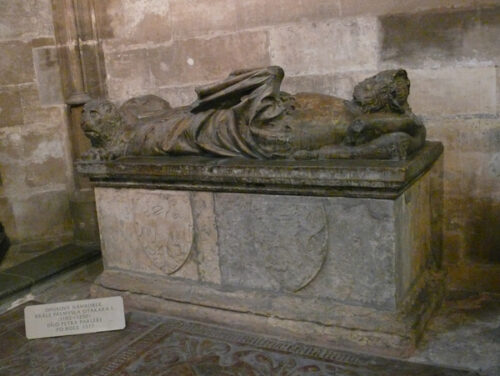
The good relations between the German Emperor and the Bohemian king played a key role in an invitation sent by the latter to the people of the Empire to settle in Bohemia. What followed was the birth of the first group of ethnic Germans in Prague, which were added to the already existing Jewish population of the city and had already made Prague a sort of a Jewish cultural polestar after the start of the 12th century.
In 1230 Stare Mesto (Old Town), the town on the right bank of Vltava River that had started to evolve after 1000 AD and was by then encircled by stone fortifications and a protective moat was bestowed with royal privileges of the township by the King just before his death later that year.
Stone buildings began to replace wooden ones as a result of the influence of the new German settlers that kept coming in, encouraged by Ottokar I’s son, King Wenceslaus I (r. 1230 to 1253) who followed his father’s footsteps. In 1257 King Ottokar II (r. 1253 to 1278) establishes Mensi Mesto Prague’s Smaller Town, later renamed Malá Strana or Lesser Town on the left bank of the River.
The town was in essence a merger of several existing settlements into one administrative unit. A new invitation is sent out again, this time to merchants and craftsmen from Northern Germany that was summoned to make use of the benefits bequeathed to the new royal town by the King.

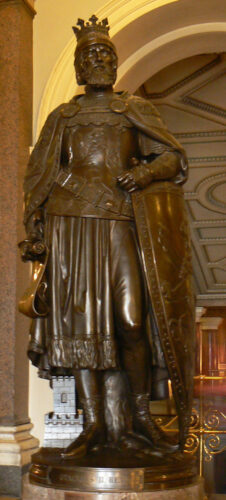
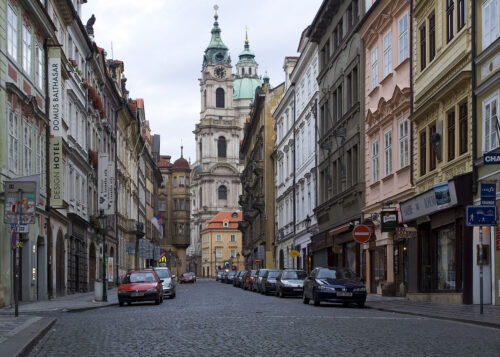
Under King Ottokar II the Premysl Dynasty reached the peak of its power with its lands stretching from modern-day Silesia (Czech-Polish border) to the Mediterranean Sea. The Golden King was the mightiest of all within the Holy Roman Empire and second only to the Emperor.
In 1270 one of Prague’s first Gothic buildings the Old New Synagogue highlights the overall integration of the Jewish population which had been further propped up by a charter of special privileges to the Jews issued by King Ottokar II in 1254, a few months after his rise to the throne.

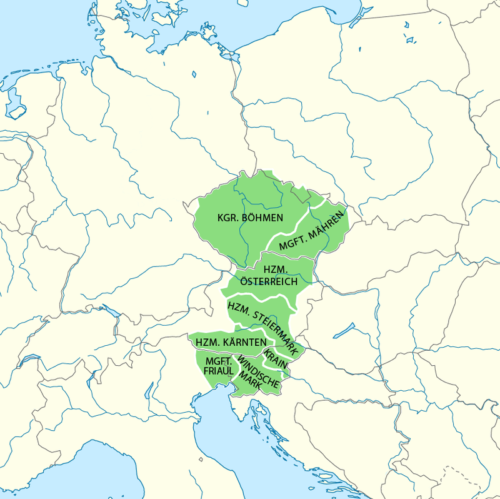
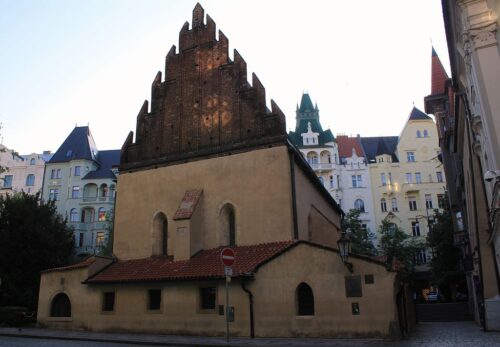
After only one year on the throne, the young King Wenceslaus III is murdered on 4 August 1306 without having secured a male heir to the kingdom. During his short and precarious reign, Wenceslaus III lost control of Hungary and Poland. His death put an end to the Premysl Era of Prague and Bohemia after hundreds of years.
A brief period of power grab ensued with the House of Habsburg claiming and succeeding to take the throne of Bohemia from Henry of Bohemia by wielding its immense political power and targeting its military might toward the Bohemian capital. However, the man who became king, Rudolf of Habsburg died soon thereafter, so Henry of Bohemia retook his throne in Prague Castle, only to lose it again this time by John of Luxembourg (John the Blind), eldest son of Holy Roman Emperor Henry VII, who became King of Bohemia after marrying Wenceslaus III’s sister Elyška and capturing Prague with the help of the Czech nobles in 1310.
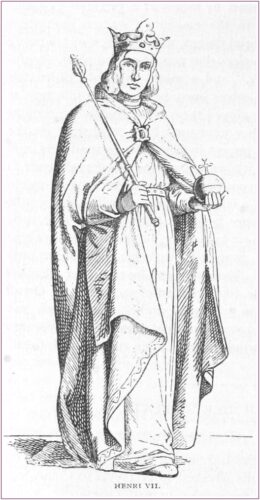
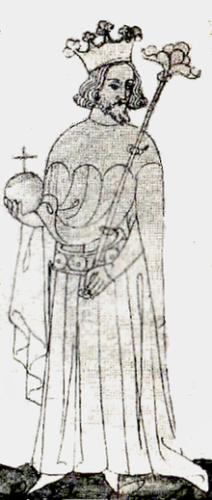
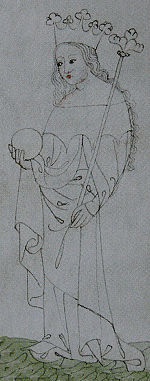

At the time of John, the Blind Prague Castle was uninhabitable so the new king made residence in one of the houses of the Old Town Square. With the help of his advisers, John managed to stabilize the affairs of the Czech state, and soon (1321), following the tradition of his predecessors he gives orders to the commander of Prague Castle to establish his royal town. Hradcany (Castle District) would evolve around a central marketplace, the core around which the new town was built.
As a tributary town, all power was vested in the hands of the supreme commander of the castle. He would collect the taxes from Hradcany‘s residents who would also be burdened with certain jobs such as guarding imprisoned criminals, or harvesting hay in exchange for his protection.

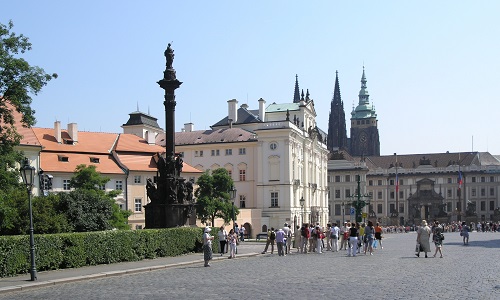
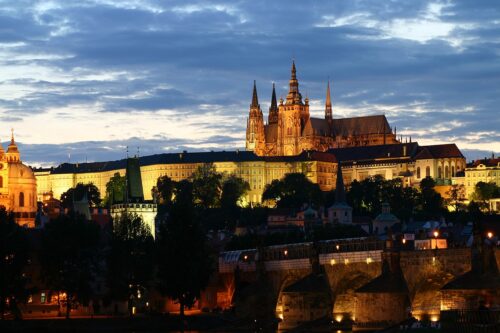
John of Bohemia was disliked by the simple people who saw him as an alien king. The dislike proved to be mutual with John soon giving up the administration of Bohemia to his wife and the local barons. In 1338 the councilors of the Old Town (Staré Mesto) buy a magnificent patrician house and remodel it to serve as their town hall.
The house was extended on its western side with the incorporation of the adjoining house and a stone tower was added. The tower—the highest in the city in the Middle ages—was completed in 1364. The following centuries hardly left any traces of the shape of the structure of the Old Town Hall of Prague.
